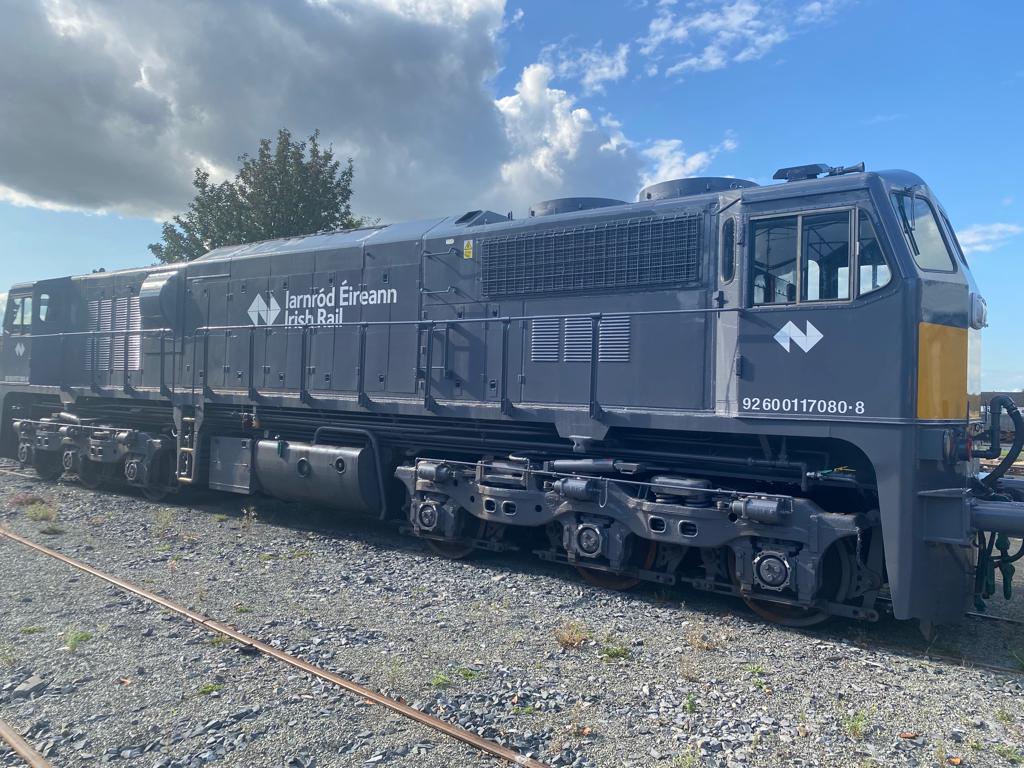Irish Rail to trial Europe’s first locomotive to combust hydrogen instead of diesel

Iarnród Éireann (Irish Rail), and the Latvian company DIGAS have entered into a contractual agreement aimed at transforming a diesel freight locomotive into one that runs on hydrogen in the same combustion engine a proof-of-concept initiative. The primary objective of this 1.5 million euro project is to contribute to the reduction of carbon emissions of Iarnród Éireann’s operations.
Want to read more?
You have read all of your free premium articles for this month. Please become a subscriber to keep reading.
Subscribe now!
Take advantage of our exclusive offer to get full access to all premium content.




